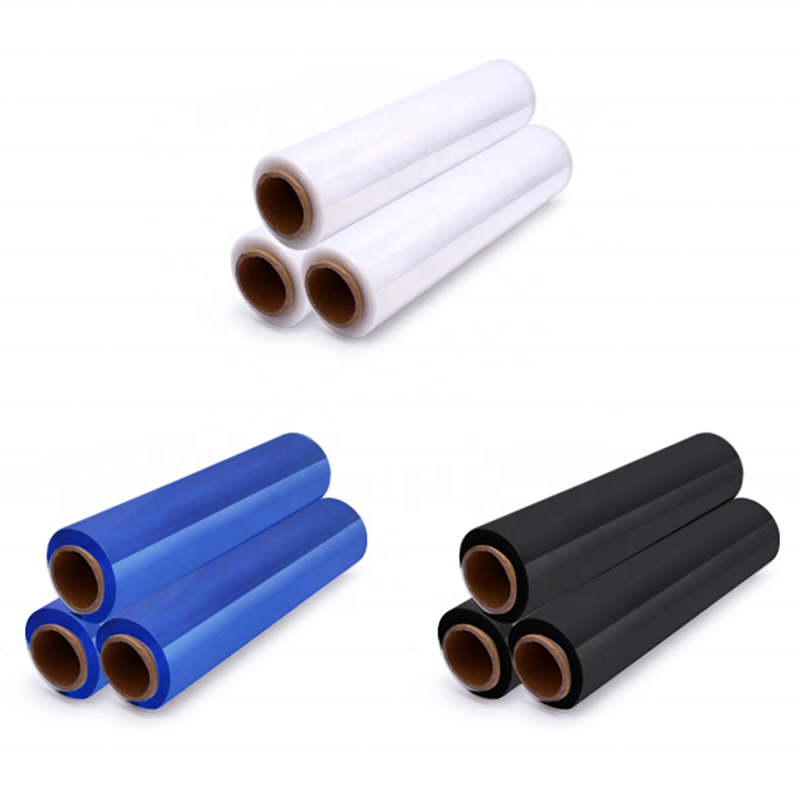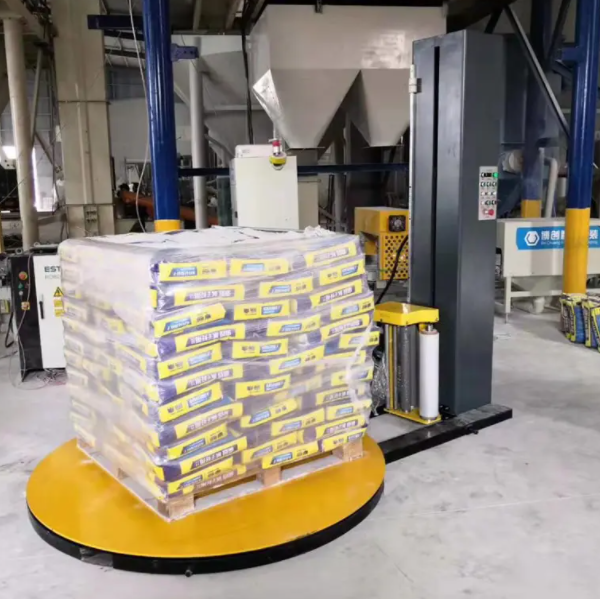Stretch Film, also known as stretch film, is classified according to material, mainly divided into polyethylene stretch film, polyvinyl chloride stretch film, ethylene-vinyl acetate stretch film, etc.; according to the molding process, it can be divided into blown stretch film and Cast Stretch Film. Stretch Film.
Among them, polyethylene (PE) stretch film has become the mainstream of stretch film due to its high tensile strength, tear resistance, and good self-adhesiveness; It is more reliable due to its advantages such as stretching process.
Is it OK to choose PE stretch film? of course not! In addition to transparency, extensibility, resilience, etc., an important criterion for distinguishing the quality of stretch films is “stickiness”.
The viscosity required by the stretch film is to have both good peel adhesion and good lap adhesion. The best balance between the two is the real good film!
Among logistics and transportation accessories, Stretch Film has become the leader in product packaging due to its four major characteristics, effectively alleviating the logistics cost and transportation problem.
① Unit integrity: Stretch film has super strong winding force and retractability, which can integrate scattered small parts into a whole, effectively summarizing and shortening the processing time.
② Compression fixity: It can form a compact unit as a whole, effectively prevent dislocation and movement, and avoid damaging the internal packaging effect and product damage.
③Primary protection: form a protective outer layer around the product, so as to achieve the purpose of dustproof, oilproof, moistureproof, waterproof and so on.
④ Cost saving: The use of stretch film can effectively reduce costs, and its cost only accounts for about 15% of the original box packaging, about 35% of the heat shrinkable film, and about 50% of the carton packaging.
Post time: Jul-30-2023







